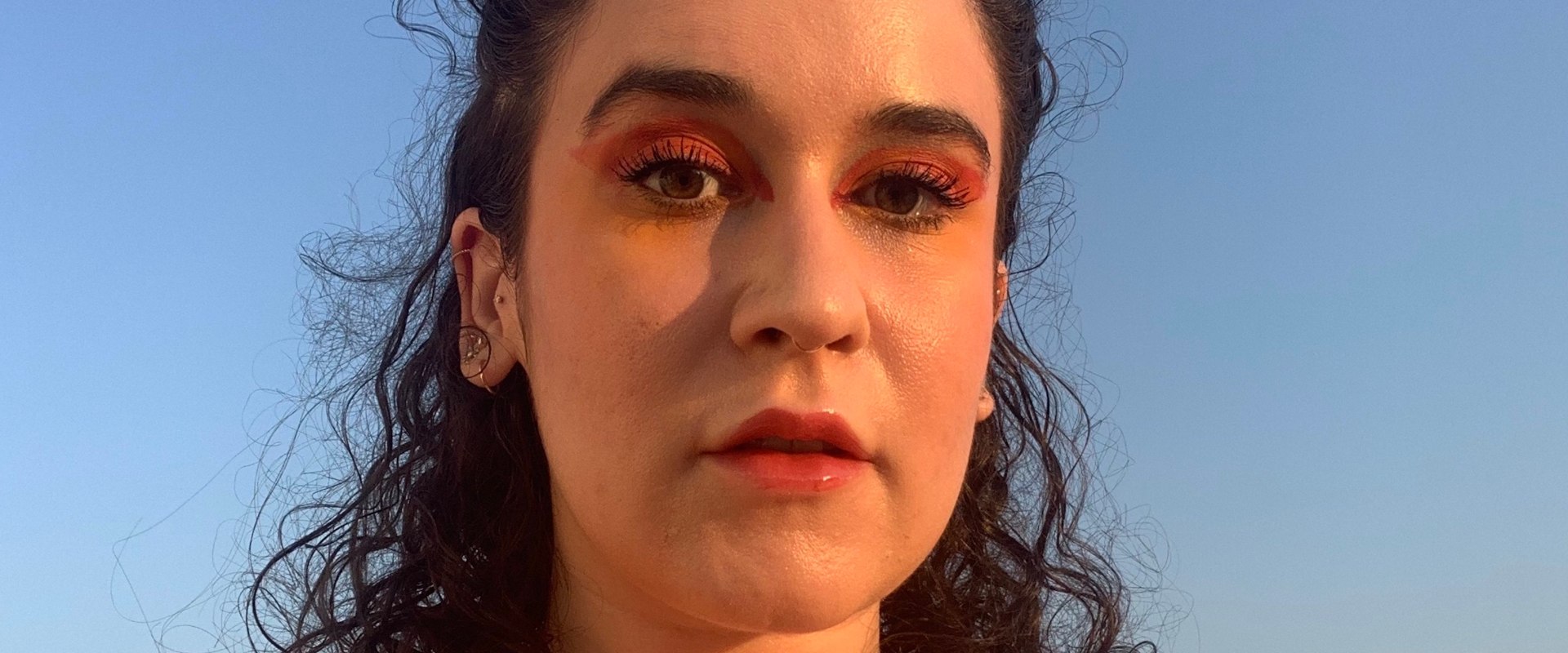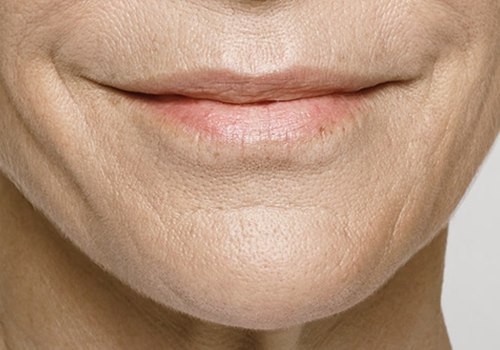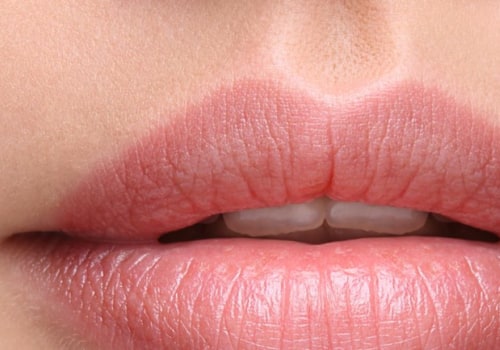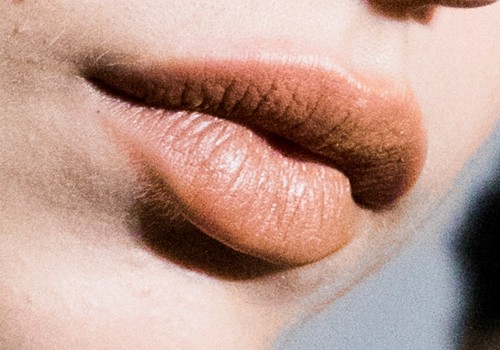In the late 1980s, Swedish scientist and businessman Bengt Ågerup had the vision of taking his scientific work on hyaluronic acid out of the laboratory and bringing it to reality. Restylane is the trade name for a range of injectable fillers with a specific formulation of hyaluronic acid (HA) of non-animal origin. In the United States, Restylane was the first hyaluronic acid filler approved by the U.S. Food and Drug Administration (FDA) for cosmetic injection into subdermal facial tissues.
Restylane is most commonly used to enhance the lips (volume and contour). It is used to decrease wrinkles and aging lines on the face, such as nasolabial folds (lines from nose to mouth) and melomental folds (sad corners of the mouth). It can also be used to fill facial gaps and orbital canals related to aging (under and around the eyes), as well as for the volume of the cheeks and the contour of the chin, lips and nose. A treatment with a dermal filler such as Restylane may cause some temporary bruising, as well as swelling and numbness for a few days.
In rare cases, lumps or granulomas have been reported. These side effects can be easily reversed with a treatment of hyaluronidase, which is an enzyme that accelerates the natural degradation of the injected hyaluronic acid filler. Several studies have been conducted to understand the long-term side effects of restylane and other hyaluronic acid fillers. In certain cases, the filler causes a granulomatous reaction to a foreign body.
Although side effects are rare, Restylane should not be used in areas where there are or have been skin diseases, inflammation or related conditions. Restylane has not been tested in pregnant or breast-feeding women. Most injectors inject the filler with a small needle under the skin. Anesthetic creams or injections reduce pain.
Restylane was studied and researched for many years before being presented to the public for use in wrinkle filling and lip augmentation. It was first used in Europe in 1996 and soon crossed to the United States, as well as to some 70 other countries. Not only is Restylane the most studied wrinkle filler, it is also the most widely used injectable wrinkle filler and lip augmentation gel.




